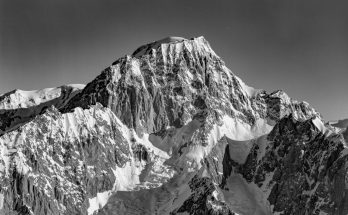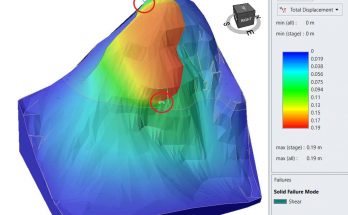Virgile Nanchen
Co-supervisors : Prof. Michel Jaboyedoff
Experts : Alex Loye, Andrea Pedrazzini
The rockslide of 1991 in Randa motivated the development of Matterock methodology (Rouiller et al. 1998). Based on the principle that there is no hazards without discontinuity, this evaluation method of rock walls is based of the structural pattern of the cliff to identify the compartments favourable to rockslide Within the framework of the methodology and as a complement to field studies, some altitude numerical models and statistical methods has been used in order to create automatically hazard’s map.
Since the establishment of the methodology, tools for automatic detection have been highly improved, the resolution of terrain numerical models has increased, and new instruments based on laser technology have been developed, enabling to make 3D models of rock faces. The LIDAR (Light Detection and Ranging) system has shed a new light in terrain analysis. It enables to create point’s cloud with a centimetre resolution, representing the surface geometry of rock walls.
Jointly to the development of such a technology, several methods, based on clusters of points and high resolution MNTs, have been developed in order to identify the structural pattern of the cliff. Within the framework of this work, several on these methods have been applied on the site where the Matterock methodology has been developed. Results are compared to those of 1998 in order to outline the contribution of these new technologies. The objective of this work is to evaluate if such new tools are comparable to the Matterock methodology.


